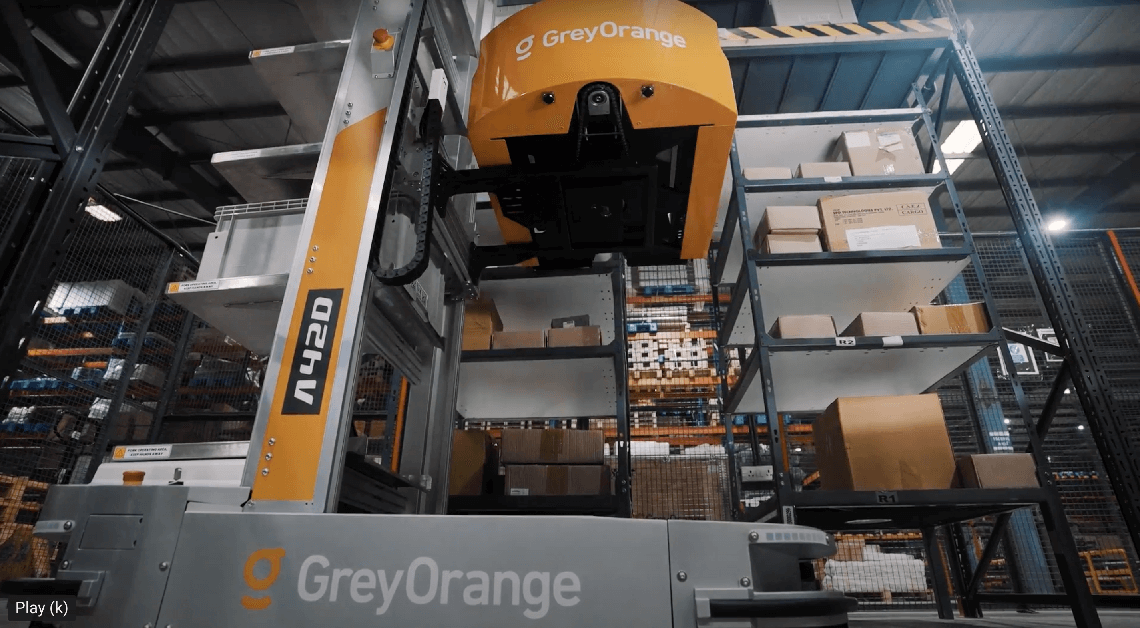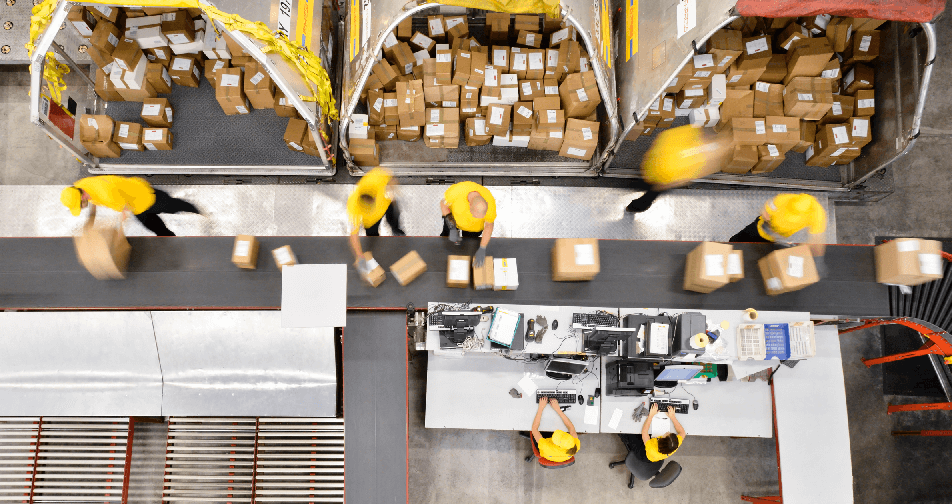


The robots are taking over. Most human workers are being replaced. Right?
Robots have taken on more tasks done by people. Ranging from mining and manufacturing, to logistics and fulfillment – to vacuuming the floor of your home and feeding your pet – robots are doing an array of formerly human jobs. All across the supply chain, bots are helping to make cars, build computer chips, and do construction. In some areas of the world, particularly Asia, robots even play customer service roles.
But there’s a surprising catch.
Eric Dahlin, sociology professor at Brigham Young University, found that robots are indeed replacing people – just not at the rate most people think. That’s because Dahlin unearthed an interesting finding. Perhaps not surprisingly, the people who are replaced by robots tend to exaggerate the rate of the robot takeover. His study of 2000 people and their job perceptions, published in Socius: Sociological Research for a Dynamic World, found that only 14% of workers had actually experienced being replaced by a robot. Moreover, People who were replaced by robots overstate the effect of robots taking jobs from humans – by about three times – claiming that that 47% of all jobs have been taken over by robots, according to the study.
“Our perceptions of robots taking over is greatly exaggerated,” Dahlin said. “Those who hadn’t lost jobs overestimated by about double, and those who had lost jobs overestimated by about three times.”
For starters, robots are really good at what they do – or to be clear, what they can do. But the thing is, not all robots perform precisely as intended, especially if they’re doing things that turn out to require uniquely human skills.
A case-in-point is Flippy 2, an autonomous robot designed to flip hamburgers in restaurant chains including CaliBurger. Thomas Davenport, a digital fellow at the MIT Initiative on the Digital Economy, reported a Caliburger franchise owner saying, “Flippy isn’t actually as good as I might have liked at flipping hamburgers, but it’s pretty good at pulling baskets of French fries out when they’re done.”
Human workers fit into organizations not only according to job descriptions, but also how they can adapt to perform other tasks. In the same way, robots have unique abilities. It just so happens that manual dexterity – one of the skills involved in flipping cooked meat – just isn’t one of them. It’s a very human skill.
As the Flippy example shows, a robot can only replace a human in a particular activity if it can easily repeat the task. How can robots fit into scenarios to drive productivity? Maximizing the effectiveness of a robot is a matter of finding the parts of a work process that can best be automated – that’s where their best use lies.

The rapid growth of ecommerce during the pandemic was driven by consumers who expected retailers – and, by extension, their warehouse fulfillment operations – to evolve into end-to-end automated fulfillment dynamos, overnight. Over the past two-and-a-half years, more companies have been using robots to automate various processes and tasks – for example, to shorten dock-to-stock cycles and improve inventory accuracy. It’s part of the reason why worldwide commercial robot revenue in warehouses is predicted to post a compounded annual growth rate of over 23% from 2021 to 2030 and exceed $51 billion by 2030.
Autonomous mobile robots (AMRs), particularly in the warehouse automation space, can complete specific tasks repeatedly and efficiently. Rather than performing entire processes, they are very good at automated, highly repeatable tasks. For instance, while a robot in a warehouse excels at completing dock-to-stock or dock-to-dock activities, humans are better at completing value-added checking of merchandise. A robot will bring totes to a person, who will in turn perform the more dexterous picking tasks prior to packing and shipping. All of these activities are critical to automating key steps in a process involving both robots and people to complete.
It’s not that robots will never be good at picking. The ecommerce company Amazon is conducting ongoing research to perfect a robot called Sparrow. Its goal is for Sparrow not only to pick things up, but also to identify them by color, shape and size. Success in the tactile robot’s abilities would represent a major leap forward for robotics.
The pandemic witnessed dramatically heightened ecommerce, supply chain challenges and labor shortages that put fulfillment operations in the hot seat to be more productive and efficient. So it makes sense that, according to Accenture’s 2020 Supply Chain Survey, warehouse executives were especially concerned about labor availability constraints (61%), the increasing velocity, volume and throughput of work (55%) and their ability to address new and changed business requirements (34%). To make progress on these fronts, a warehouse automation strategy must skillfully integrate people, processes and systems to meet key requirements like navigating massive quantities and variations of stock keeping units (SKUs).
But while automation technology delivers highly repeatable, reliable and controllable actions that adhere to standardized processes, humans provide flexibility. That’s why getting products delivered efficiently and on-time requires a robotic solution that collaborates with the workforce. Given a labor shortage caused by lower rates of labor participation, birth rates and immigration, warehouse operators need to grasp how automation is impacting workers from an employee satisfaction, comfort and safety perspective – all to make the robot-human relationship productive and sustainable.
The automation of tasks once solely completed by human labor is taking place on a broad scale. It’s why the products you and I just ordered online were sent out to us within two days, one day, even same-day – and the merchandise was manufactured efficiently in mass quantities, driving costs down so we could pay rock-bottom retail prices. Automated fulfillment is merely a link in the modern supply chain that makes today’s lifestyles possible.

Automation and AI are creating new jobs that never existed before. People aren’t being replaced, just required to do new things. While 85 million jobs may be displaced by labor moving from humans to machines as soon as 2025, another 97 million new roles are expected to emerge, according to the World Economic Forum Future (WEF) of Jobs Report 2020. As a result, technological advances will be creating a net increase in jobs.
According to the WEF, jobs for which there will be less demand will be data entry clerks, assembly and factory workers, and construction workers.
Positions that will rise in demand will include data analysts and scientists, digital transformation specialists, and – special emphasis here – robotics engineers.
Robots are here to stay. It’s up to countries, companies, and governments to figure out how best to adapt, control the standards and employ human talent in new ways, realizing the potential of an augmented workforce.